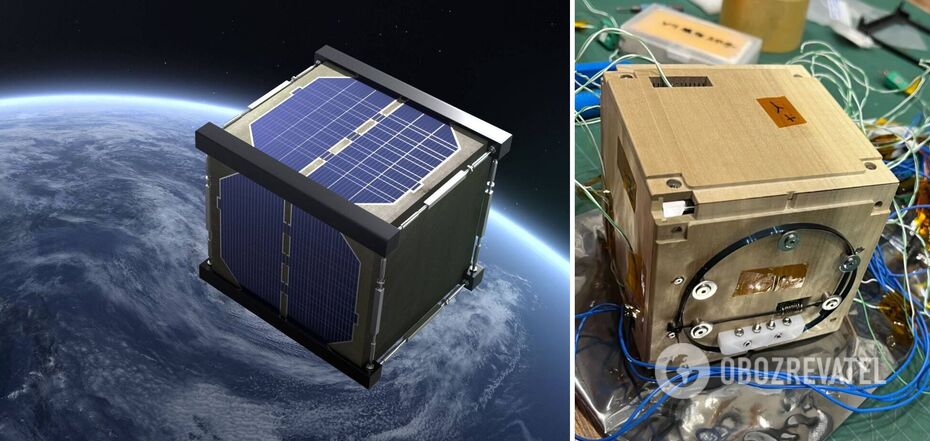News
NASA, together with the Japanese, is preparing to launch a satellite from a tree into space: the date has been announced
In the summer of 2025, the Japanese and American space agencies JAXS and NASA intend to launch the first satellite made of wood into Earth's orbit. Such satellites could eventually solve the growing problem of space debris.
A team of researchers from Kyoto University is working on the creation of such a technological miracle, CNN reports. They insist that wood is a surprisingly suitable material for space.
"When you use wood on Earth, you have problems with burning, rotting, and deformation, but in space, there are no such problems: there is no oxygen, so it doesn't burn, and there are no living things living in it, so it doesn't rot," explained Koji Murata, a researcher at Kyoto University.
In addition, the wooden satellite is able to withstand the same weight as one made of aluminum. Another problem that wood solves is that such a satellite will easily burn up in the atmosphere after decommissioning.
This may eventually become an important argument, as the Earth's orbit is increasingly beginning to look like a landfill of "dead" satellites. And the issue is not only that it is not aesthetically pleasing, but also dangerous for astronauts and new satellites that we will launch in the future, as it creates a risk of collisions.
Murata and his team's satellite, called LignoSat, is made of magnolia wood and is to be launched into space as part of the J-Cube program, a microsatellite initiative of JAXA that promotes the development of the latest space technologies.
The first satellite will become a kind of guinea pig, as scientists want to know exactly how it will behave in space, where extreme temperature changes occur. The observations are expected to last at least six months.
Murata noted that laboratory experiments have confirmed that the satellite's strength does not decrease much during temperature drops from -150 to +150 degrees Celsius.
"But the satellite is orbiting the Earth and will have these huge temperature changes in 90 minutes," he explained.
"So the question is to what extent the satellite will be able to withstand this intense and repeated cycle of temperature changes.
If the satellite proves to be a success, the researchers do not rule out that wood could eventually become a convincing choice for spacecraft interiors. Not only will such a finish be more pleasant to look at than cold metal, but it will also serve as protection for astronauts from harmful space radiation.
Earlier, OBOZ.UA reported that the artificial satellite has become one of the brightest objects in the Earth's sky.
Subscribe to OBOZ.UA channels in Telegram and Viber to keep up with the latest events.




























